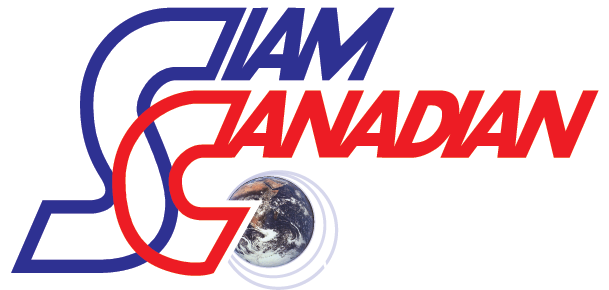
Thailand yet to regain title of shrimp king : Bangkok Post

JESUS ALCOCER : Bangkok Post
Thailand will miss its production target of 330,000 tonnes of shrimp for 2017, says the UN’s Food and Agriculture Organization (FAO). The former leading producer has not yet fully recovered from a 2012 supply shock and now faces a strong competitor in India.
Thailand is expected to produce 300,000-310,000 tonnes of shrimp this year. Supply for 2017 is expected to grow 5%, said the FAO. Thai shrimp production plummeted to 200,000 tonnes per year between 2012 and 2015 after the market was affected by early mortality syndrome (EMS), down from a peak of 640,000 tonnes.
Production will fall far short of the 400,000-450,000-tonne projection made by James Gulkin, managing director of Bangkok-headquartered seafood trading firm, Siam Canadian Group.
In 2015, he had expected a full recovery of the Thai shrimp industry, but now feels it will take another three years. Production will grow 10-20% next year to top 335,000 tonnes, projects the FAO.
Despite a difficult five years, Mr Gulkin is optimistic the industry can reach its 10% growth target next year.
In terms of revenue, shrimp is expected to represent close to 70% of Siam Canadian Group’s US$320-325 million (10.4-10.6 billion baht) turnover for 2017, up from $300 million last year.
Historically, Thailand represented close to 100% of Siam Canada’s revenue, but a wave of disease in 2012 and 2015 have accelerated its shift to other countries.
“In terms of value, Thailand now represents close to 30%, and in terms of volume close to 26%,” he said.
Globally, shrimp production is expected to increase 5-15%, fuelled by a healthy economy and adequate supply. In the US, the fish and seafood market will expand 4% this year based on a growing concern about health, said an IBIS World Report.
The shrimp industry has changed radically since 2012, when EMS affected producers in Thailand, then the leading producer of shrimp.
“Production dropped significantly in Thailand, but the problems that affected it in 2012 have been mostly resolved, and the industry is growing again,” said Mr Gulkin.
China, formerly one of the largest exporters of shrimp, is now a net importer. India and Southeast Asian countries have benefited from growing Chinese demand, coupled with its relatively low production, as have South American countries, which now export the largest part of their frozen shrimp to China, rather than the US or Europe.
“China’s aquaculture industry has been hit by a number of factors, including pollution, an overly fragmented industry and a lack of understanding with regard to the use of antibiotics,” he said.
Thailand has benefited from a more cohesive market, led by key food producers like CP Group and Thai Union, said Mr Gulkin.
“The industry is unrecognisable from 2012. India has overtaken Thailand, which was then the prime frozen shrimp supplier. Indonesia and Vietnam have experienced strong growth,” he said.
Vietnam, Indonesia and India have to a certain extent filled the supply gap left by Thailand.
“Thailand is in recovery phase, while India is expanding,” he said.
The FAO said India is now the leading supplier of vannamei shrimp. In 2016, its production neared half a million tonnes. Shrimp exports from India climbed 34% year-on-year, driven by demand from Vietnam, Japan, China and the US.
Meanwhile, shrimp production in Vietnam from January-May topped 144,000 tonnes, 46% growth over the final period of 2016.
For food suppliers cost is a major factor, as products have to be priced low enough to allow for demand expansion, but high enough to allow retailers to turn an attractive profit. Price volatility is more of a concern, said Mr Gulkin, as producers who have backlogged orders have to fulfil them at agreed-upon prices, even if they increase.
This year, prices were firm until the third quarter, but went south after increases in production in India and Indonesia. Next year, prices are expected to be stable, but lower than for 2015 or 2014, in line with prices in the first half of 2017, he said.
The shrimp market is coming out of the volatility that characterised it in the first several years after 2012.
“In 2014, prices were sky high because of the lack of production coming out of Thailand, and lack of replacement,” said Mr Gulkin.
Margins remain slim across the competitive industry. For brokers like Siam Canadian they are less than 5%, even as the firm moves to finance product purchases for processors that need cash injections and cautious overseas investors.
“I hope to shift some of my revenue to the import business where profits are much better,” he said.
Siam Canadian Gourmet, a separate corporate entity under the Siam Canadian umbrella, is expected to drive profits in coming years by selling desserts and other food products to retailers like Marco, Tesco, Big C, restaurants, and airlines like Bangkok Airways.



